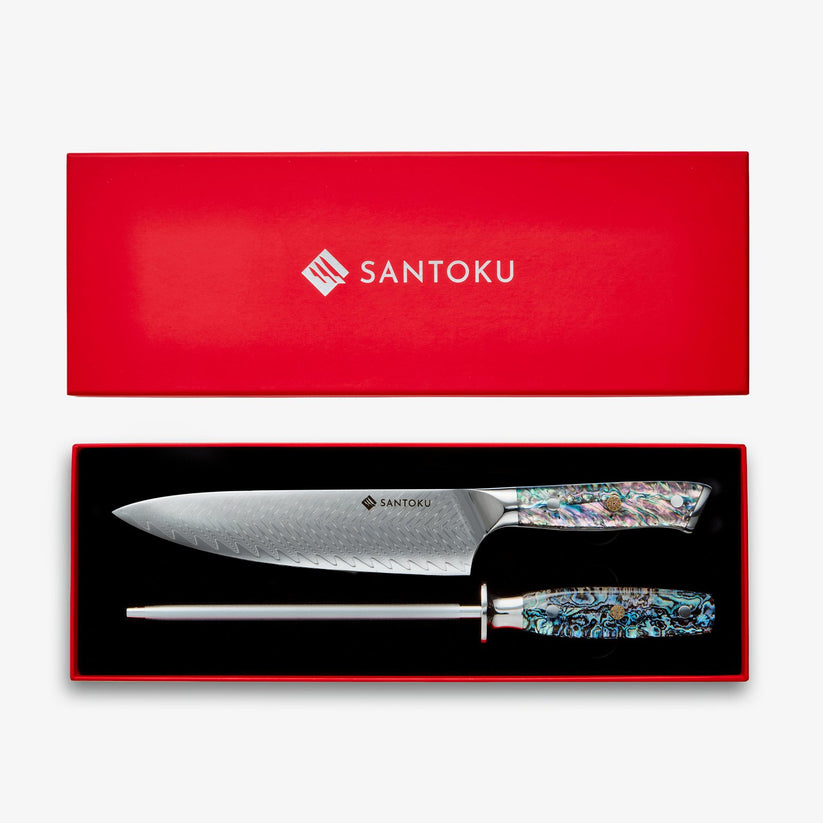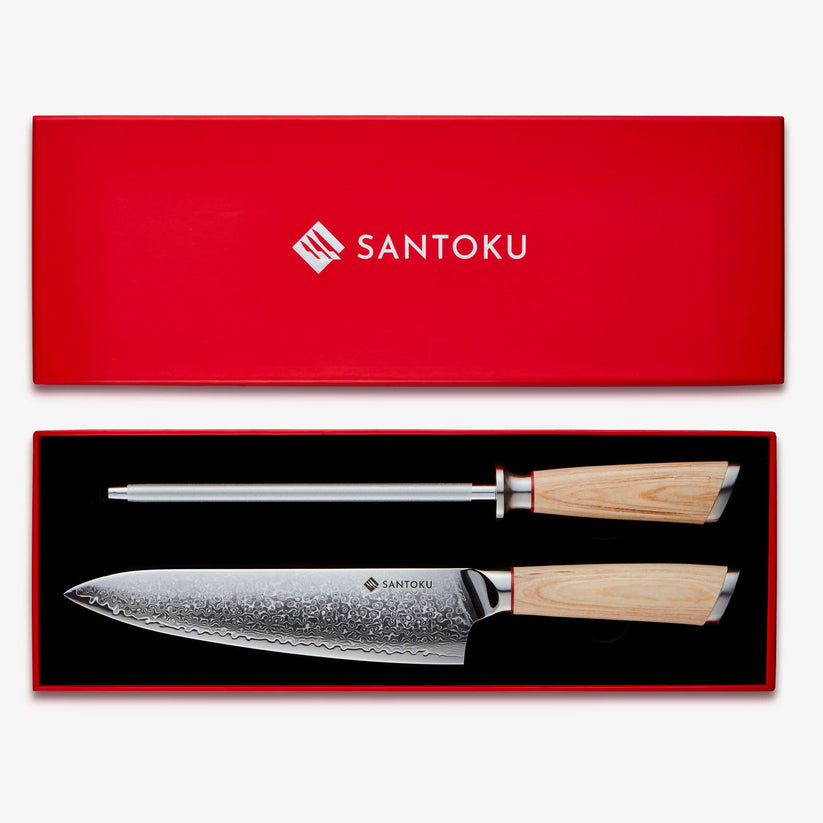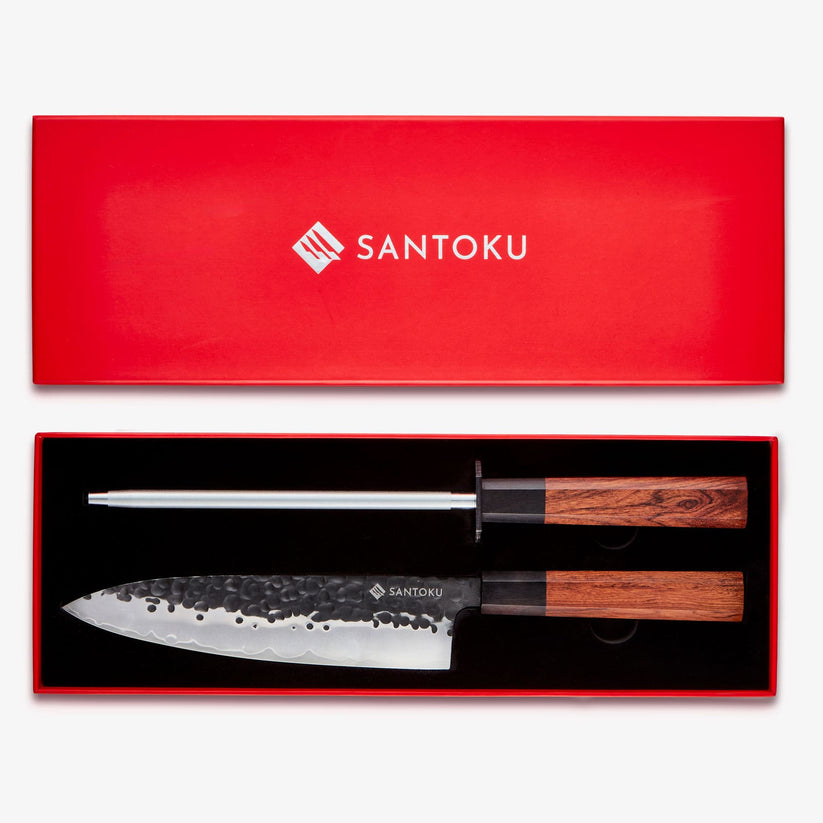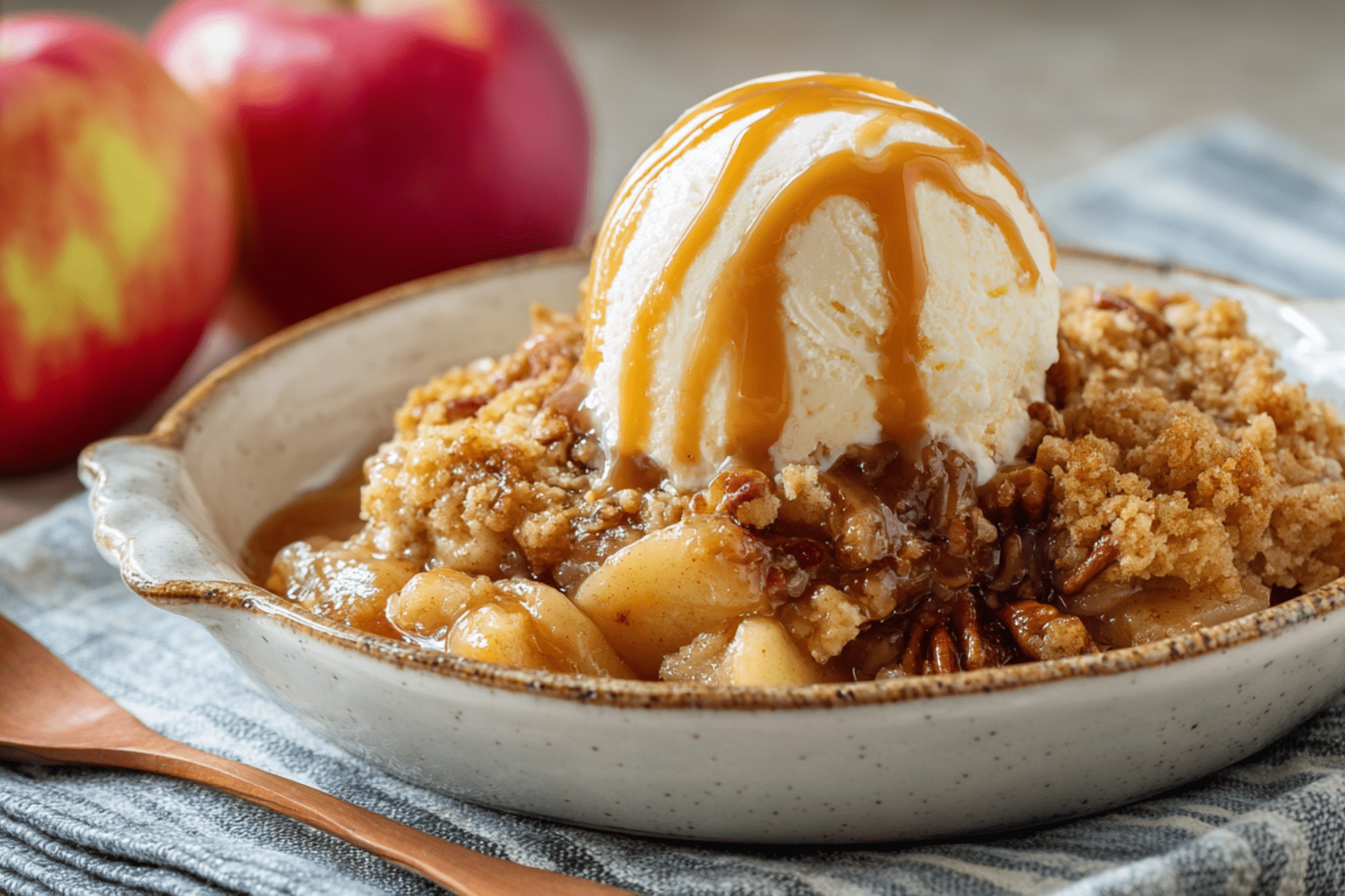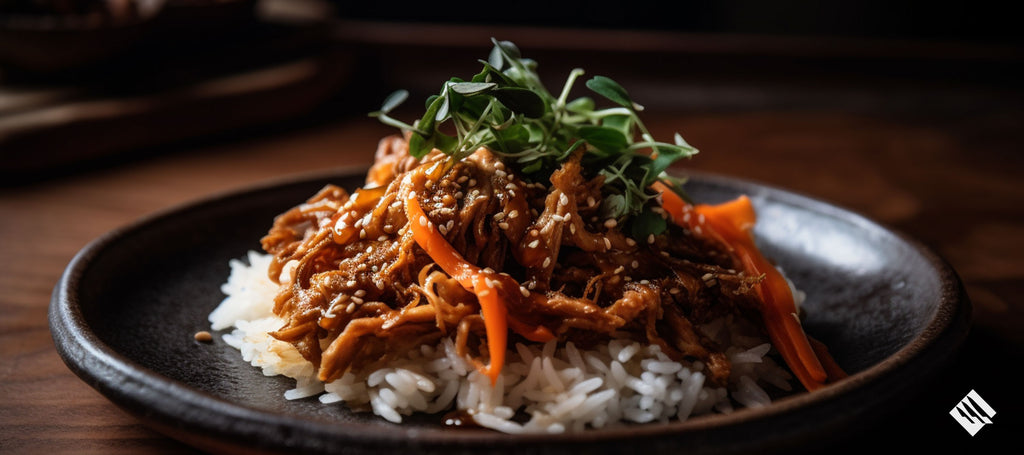
10 Tips to keep in mind when cooking Chicken Bulgogi
-
Choose boneless, skinless chicken thighs: Chicken thighs are ideal for Chicken Bulgogi as they stay tender and juicy during grilling. Remove the skin to reduce the fat content if desired.
-
Marinate for optimal flavor: Allow the chicken to marinate for at least 1 hour, or overnight for more intense flavors. This ensures that the marinade infuses the chicken and enhances its taste.
-
Use low-sodium soy sauce: If you prefer to reduce sodium content, opt for low-sodium soy sauce in the marinade. This allows you to control the saltiness without compromising on flavor.
-
Adjust the sweetness: Feel free to adjust the amount of brown sugar in the marinade to suit your taste preferences. You can add more or less depending on how sweet you want the dish to be.
-
Grill or use a grill pan: Grilling the chicken adds a smoky and charred flavor that enhances the overall taste of the dish. If you don't have a grill, a grill pan can be used as an alternative.
-
Preheat the grill or pan: Make sure the grill or pan is preheated before placing the chicken on it. This helps to create beautiful grill marks and prevent sticking.
-
Don't overcrowd the grill: Avoid overcrowding the grill or pan to ensure even cooking and proper caramelization. Leave some space between the chicken pieces for better heat distribution.
-
Baste with marinade: While grilling, baste the chicken with the leftover marinade occasionally for added flavor and moisture. Be sure to discard any marinade that has come into contact with raw chicken.
-
Check for doneness: Use a meat thermometer to ensure that the chicken is cooked through. The internal temperature should reach 165°F (74°C) for safe consumption.
-
Rest before serving: Let the grilled chicken rest for a few minutes before slicing or serving. This allows the juices to redistribute and ensures a more tender and flavorful eating experience.
Serving suggestions
Chicken Bulgogi is a versatile dish that can be enjoyed in various ways. Here are some serving suggestions to enhance your dining experience:
-
Serve with steamed rice: Chicken Bulgogi pairs perfectly with steamed rice. The fluffy rice acts as a neutral base, allowing the flavors of the marinade to shine.
-
Add a side of Kimchi: Kimchi, a traditional Korean fermented vegetable dish, complements Chicken Bulgogi beautifully. Its tangy and spicy flavors provide a refreshing contrast to the savory chicken.
-
Include lettuce wraps: Serve the Chicken Bulgogi with a platter of lettuce leaves. Your guests can create their own lettuce wraps by placing a piece of grilled chicken inside a lettuce leaf and adding their desired toppings.
-
Make a Korean-inspired bowl: Create a vibrant and nutritious bowl by layering steamed rice, Chicken Bulgogi, fresh vegetables like cucumber, carrots, and bean sprouts, and a drizzle of sesame dressing.
-
Enjoy with pickled vegetables: Korean cuisine often features an array of pickled vegetables as side dishes. Add some pickled radishes, cucumbers, or Korean-style pickles to your meal for extra tang and crunch.
-
Serve as a filling for Korean tacos: Use the Chicken Bulgogi as a filling for Korean-inspired tacos. Fill soft tortillas or Korean rice cakes (tteok) with the grilled chicken and top with shredded lettuce, diced onions, and a drizzle of spicy mayo.
-
Pair with Asian slaw: Serve Chicken Bulgogi alongside a refreshing Asian slaw made with shredded cabbage, carrots, and a sesame-ginger dressing. The crunchy slaw provides a textural contrast to the tender chicken.
-
Create a bibimbap-inspired dish: Bibimbap is a popular Korean rice bowl dish. Top a bowl of steamed rice with Chicken Bulgogi, sautéed vegetables, a fried egg, and a drizzle of spicy gochujang sauce for a complete and satisfying meal.
-
Wrap in a tortilla: For a fusion twist, wrap the Chicken Bulgogi in a tortilla to create a Korean-inspired wrap. Add some sliced avocado, cucumber, and a drizzle of spicy mayo or Korean barbecue sauce for extra flavor.
-
Make a stir-fry: Transform Chicken Bulgogi into a stir-fry by sautéing it with a colorful mix of vegetables like bell peppers, carrots, and snap peas. Serve over steamed rice or noodles for a quick and satisfying meal.
FAQ'S
Q: Can I use chicken breast instead of chicken thighs for Chicken Bulgogi?
A: While chicken thighs are preferred for their tenderness and flavor, you can use chicken breast if you prefer. Just keep in mind that chicken breast tends to be leaner and can dry out more easily, so be careful not to overcook it.
Q: Can I make Chicken Bulgogi without a grill or grill pan?
A: Yes, if you don't have a grill or grill pan, you can still make Chicken Bulgogi. Simply cook the marinated chicken in a skillet or non-stick pan over medium heat until it is cooked through and slightly charred.
Q: Can I use a different type of meat for Bulgogi?
A: Traditionally, beef is used for Bulgogi, but variations with chicken, pork, or even tofu are also popular. Feel free to experiment with different proteins based on your dietary preferences and taste.
Q: Can I make Chicken Bulgogi spicy?
A: If you prefer a spicy version of Chicken Bulgogi, you can add some gochujang (Korean red pepper paste) or red pepper flakes to the marinade. Adjust the amount according to your desired level of spiciness.
Q: Can I prepare the marinade in advance?
A: Yes, you can prepare the marinade in advance and store it in the refrigerator. It will keep well for up to a week, allowing you to marinate the chicken whenever you're ready to cook.
Q: Can I use frozen chicken for Chicken Bulgogi?
A: It's best to use fresh chicken for the best texture and flavor. However, if you need to use frozen chicken, make sure to thaw it completely in the refrigerator before marinating and grilling.
Q: How long can I store leftover Chicken Bulgogi?
A: Leftover Chicken Bulgogi can be stored in an airtight container in the refrigerator for up to 3 days. Reheat it in a skillet or microwave until heated through before serving.
Q: Is Chicken Bulgogi gluten-free?
A: Chicken Bulgogi can be made gluten-free by using gluten-free soy sauce or tamari in the marinade. Check the labels of your ingredients to ensure they are gluten-free.
Q: Can I make Chicken Bulgogi without sesame oil?
A: Sesame oil adds a distinctive flavor to Chicken Bulgogi, but if you don't have it or have a sesame allergy, you can substitute it with another oil of your choice, such as vegetable or canola oil.
Q: Can I make Chicken Bulgogi on a charcoal grill?
A: Yes, you can certainly use a charcoal grill to cook Chicken Bulgogi. Make sure the coals are evenly distributed and preheated before grilling the chicken.

